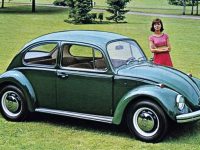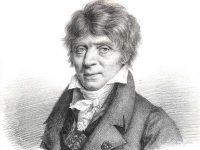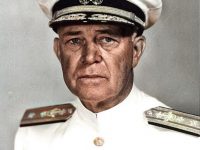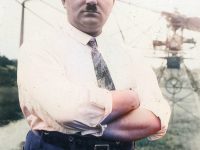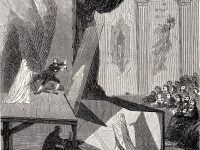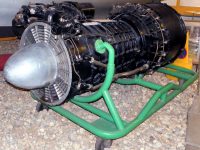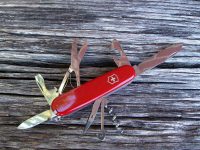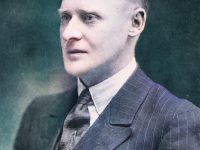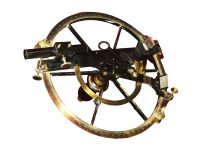The Volkswagen Beetle – It’s Ugly But It Gets You There
On July 30, 2003, the very last Volkswagen Beetle was produced, manufactured in Puebla, Mexico. With 21,529,464 produced from 1938 to 2003, the Beetle is the longest-running and most-manufactured car of a single platform ever made. Currently, German automobile industry and especially Volkswagen worldwide is in the focus of public attention due to manipulations of the emission control system on their Diesel cars. Potentially, the famous Volkswagen Beetle had produced much more…
Read more

